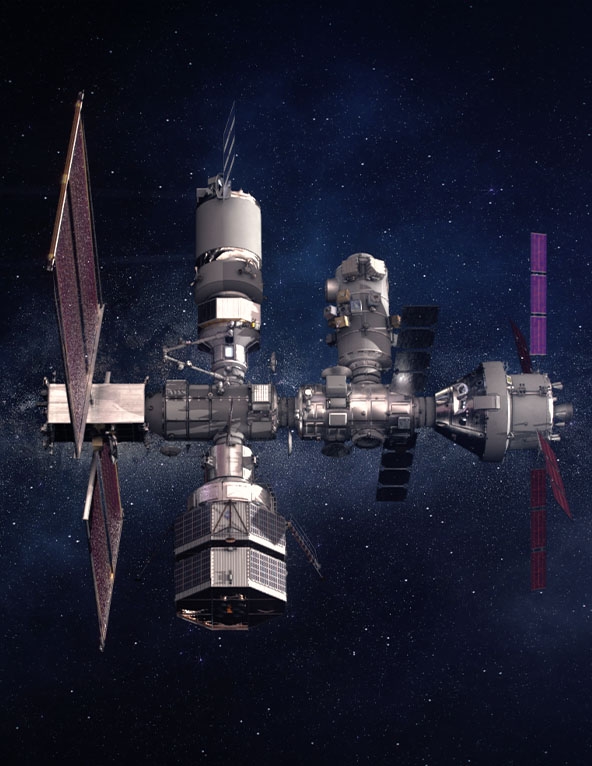NASA is set to return to the moon in 2024
In 2024, NASA is set to prepare for humans to return to the moon for the first time since the last Apollo mission in 1975. The mission in 2024 will be just a flyby of the Moon, but in 2025, a crew of astronauts will land on the surface. The missions, called the Artemis Missions— named after the Greek goddess Artemis, goddess of the moon and twin of Apollo— will put the first person of color and the first woman on the moon, a milestone in this voyage of discovery. The project has a budget of over $40 billion. On its website, NASA states that they are going back to the moon for “scientific discovery, economic benefits, and inspiration for a new generation of explorers.”
With this mission, NASA wishes to reawaken the American people’s excitement about space exploration. In addition, the program will have many economic benefits, including the creation of new industries, jobs, and “furthering the demand for a skilled workforce.”
On November 21, 2022, at 1:47 a.m. EST, on their Artemis 1 mission, NASA launched the Orion Spacecraft, which will eventually carry astronauts through space and serve as a shuttle that can return astronauts to Earth after their time on the moon. This particular model was meant to test the design in space, and it returned to Earth on December 11, but a new one will be launched for the 2024 moon mission. The spacecraft was attached to the top of the Space Launch System, a massive rocket that is over thirty-two stories tall. When in space, astronauts will be transported from the Orion Spacecraft to the landing craft, a spaceship called the Gateway, that will take them to the moon. The Gateway will stay operational and in orbit for more than ten years, also serving as an outpost from which astronauts can launch for deep space exploration missions.
NASA plans to build an Artemis Base Camp on the lunar South Pole, which astronauts can use as a base when going on missions to explore the Moon’s surface. Stays at the camp will be short at first, but NASA’s goal is to be able to keep a crew living in the Base Camp for up to two months. The camp will include such amenities as a rover, a mobile home, and a modern lunar cabin.
NASA is going to the moon to test technology and systems that could be used for human exploration of Mars. Their tentative goal is to send people to Mars within the next twenty years. According to Wired, this new technology includes “the development of the Gateway robotics and habitat modules for crews, as well as a lunar rover, all of which could be precursors for future technologies on Mars.” In addition, two private companies, Axiom Space and Collins Aerospace are partnering with NASA to create new spacesuits that will be instrumental in helping astronauts land on the Moon. The partnerships between NASA and these private companies will be an important factor in obtaining the resources and technology needed to transport people to Mars.
These new Artemis Missions are the future of space exploration. Gaining new knowledge and research, they hope to become closer to the goal of sending a human to live on Mars and exploring the vastness of space.
Hello there! Our goal is to provide relavent, engaging journalism for readers of all ages. Your donation will support the student journalists of the Wolfpacket at Claremont High School, and will allow us to purchase equipment, print our monthly issues, and enter in journalism competitions. We appreciate your consideration!

Callum is a Senior at CHS and one of the Head News Editors. Besides the paper, he is also a member of the Speech and Debate team, works as a lifeguard,...











